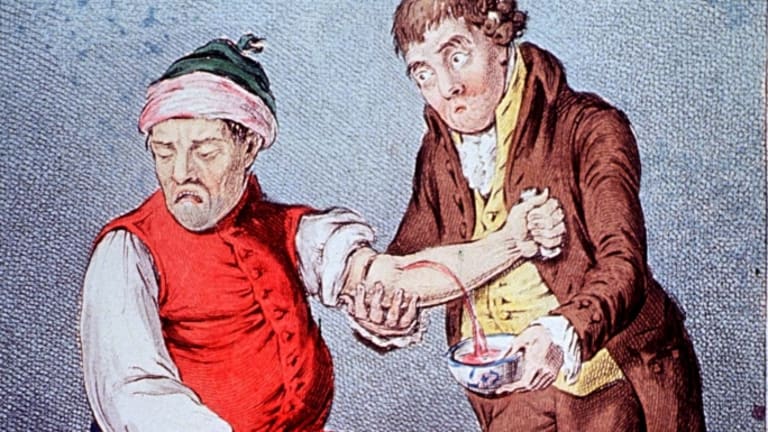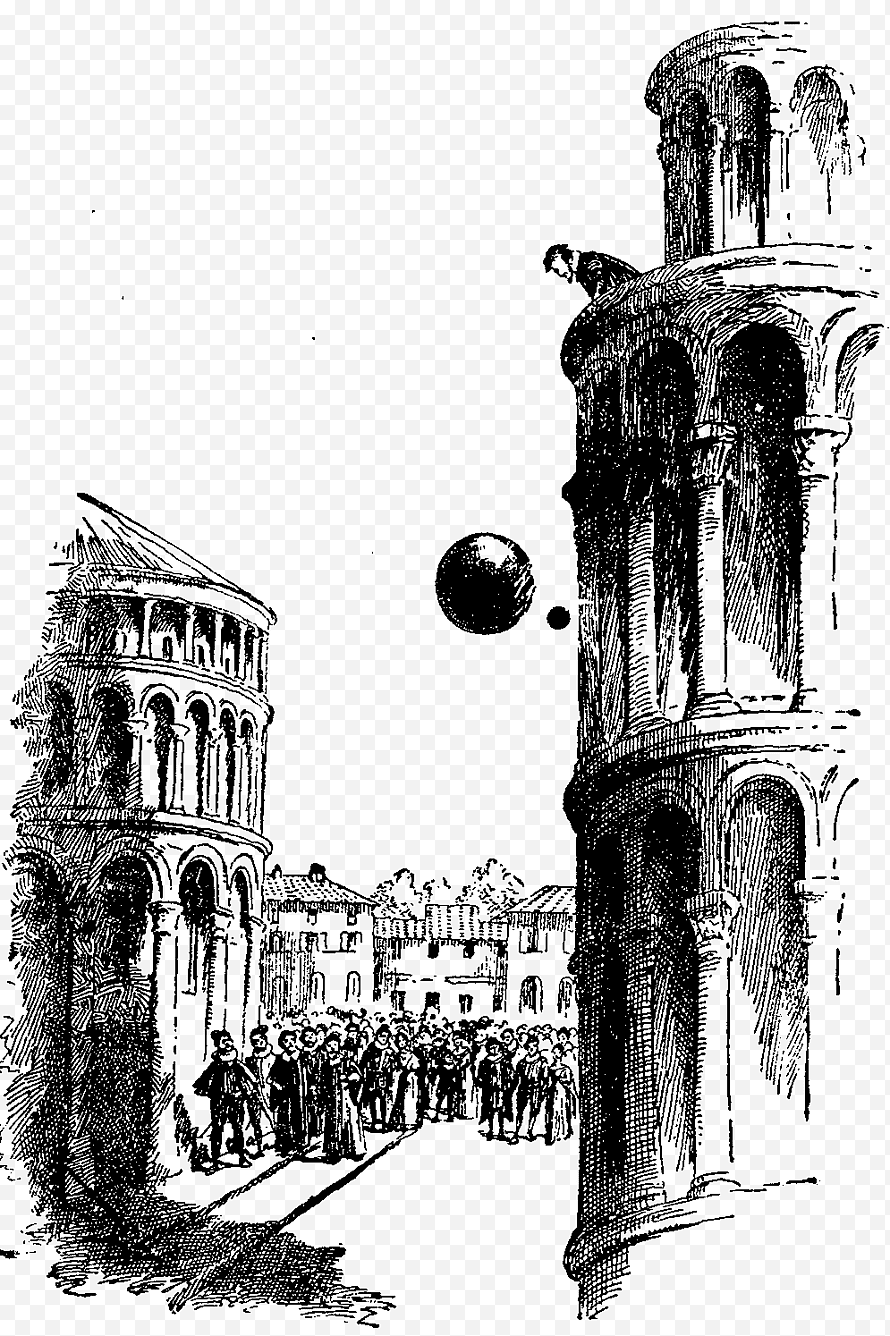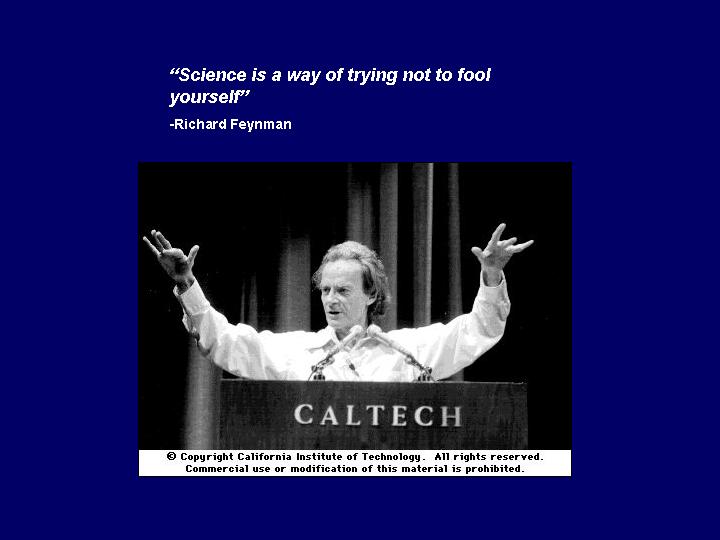This week we’ll be talking about how you can use some of the methods of science as a way of deciding what is real and what is fake. You don’t have to be a scientist to do that!
| Awesome, icky, crazy things that people believed in the past. |
| What is Science? How you can use it to not be fooled. Science and Democracy. |
| Digital Distraction PPT. 15 Logical Fallacies Discussion |
| Best and worst things that science has done for us and to us Discussion |
| Characteristics of good science and of bad, fake, bogus, “pseudoscience.” Discussion |
| Problems with the words “Belief” and “Theory” as used in science |
| Problems with, “My friend saw it.” “My friend told me.” A day at the Zoo video. |
| Week 3 Pseudoscience |
| Can Science be spiritual? Does it ruin the apprciation of beauty? “Pale Blue Dot.” Sagan Series |
| How to get the most out of studying. Video #2 of 5. |
For thousands of years people believed many things that we now would call icky, crazy, or dangerous. For instance, if you were sick, they would drain your blood, or chisel holes in your head, to make you better. The people who recovered said this was wonderful, it was a miracle. The people who died didn’t complain. This kind of thinking persisted for centuries. 
Here are more examples.
A different idea was born in the 1600s. Galileo said that you should discover what is true by doing experiments, by testing ideas, not just by listening to people that are supposed to be wise. He did lots of experiments, such as dropping a heavy cannonball and a lighter one off the Tower of Pisa. (That story may be apocryphal, but he did lots of experiments with falling objects.) That represented a huge change in thinking, and it revolutionized the world. It marks the development of modern science.
(That story may be apocryphal, but he did lots of experiments with falling objects.) That represented a huge change in thinking, and it revolutionized the world. It marks the development of modern science.
Everyone told Galileo that it was obvious that heavy things fall faster than light things. But his experiment showed that the commonly believed idea was wrong. (Heavy things have greater weight, or greater force from earth’s gravity, but heavy things need more push to move, so the effect of weight cancels out. If air resistance matters, such as dropping something very light such as a feather, then the result would be different.)
Today our world has been changed enormously by science. We’ll discuss in class the good and the bad results. Unfortunately, though, many people don’t understand that science is the process of predicting and testing with experiment. They think something is scientific if it sounds or looks scientific, if it uses “sciency” words. No! Don’t get fooled. Don’t confuse appearance with reality. Just because you look like a skier doesn’t mean you can ski. Just wearing a lab coat doesn’t make you a scientist.
Just because you look like a skier doesn’t mean you can ski. Just wearing a lab coat doesn’t make you a scientist.
What makes science unique is it’s procedure, that ideas must be tested, usually by experiment and usually by more than one group of scientists, before they are accepted as true. Science always distinguishes between observations, evidence, or data, and interpretation or opinion. It builds knowledge cumulatively like a crossword puzzle, each piece adding to previous knowledge. Occasionally a new result conflicts with a previous one, just like you might find that an entry in a crossword puzzle was wrong, and you have to correct it. That is a strength of science, that scientists are supposed to be willing to change when new information becomes known, or evidence shows that an idea of yours is wrong. Many people don’t do that! Their “mind is made up!” It’s not easy to change one of your ideas, but scientists are supposed to be open to new evidence, and that is a good model for all of us.
This “scientific procedure” of testing opinions with data is a powerful way of not getting fooled, as the great scientist Richard Feynman always emphasized. Or being fooled by others, as I emphasize! Now let’s discuss the websites that you were asked to collect last week, one of good science, and one of fake or as it is sometimes called, “pseudoscience,” something trying to fool you that may look scientific but isn’t. Why do you think people pretend to be scientific when they aren’t? What should you look for if you want to find honest, accurate, helpful scientific information? What should you watch out for to keep from getting fooled? Let’s make two lists, Good Science, and Pseudoscience.
Here are two lists made by Dr. Duncan’s students, Good Science, and Common Characteristics of Fake or Pseudoscience.
You probably act scientifically more often than you realize. When you invent a new recipe cooking, when you try and figure out why your computer is misbehaving, you probably do experiments to test your ideas. That’s using the basic idea of science.
Many people believe things based on what a friend told them. But the perception of any one person, your friend or even you, yourself, can be mistaken, and isn’t the same as data from many people. I have two videos that will probably convince you that you are not as great an observer as you may think. The first has become famous. It shows 6 college students passing basketballs. 3 students are dressed in white, 3 are dressed in black. You job is to count the passes from WHITE to WHITE. Do not count black to black, black to white, or white to black. Ready? Watch the video, then email me or your teacher how many passes you counted!
Because the video I mentioned is now famous, you may have seen it, or someone may have spoiled it by telling you what to look for. In that case I have a second video. In it, one person is telling another about how an animal escaped from the zoo. Watch it carefully and notice what is strange when the woman talk about the animal’s escape. Then email me or your teacher what you noticed that was strange!
Readings and Writings for the week:
